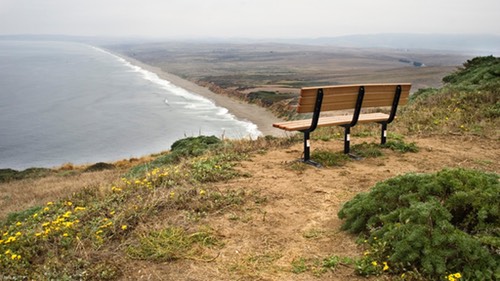The Rule of the Gaze is used a lot in compositions where the subjects are people, especially in portraits. The rule tells us that when we are taking a photograph, normally of a person, we need to try to leave a space beyond the frame where they can fix their gaze.
Doing this when shooting the photo is important because although in the lab we can frame it to aim for this space, we can only do so working with a high-quality photograph that contains extra margin in order to do a lot of cropping. So it follows that when you shoot a portrait you should pay close attention to where the eyes are focused.
It’s not that you have to photograph the person gazing and the object they’re looking at, but that you leave a space even if it is totally empty or out of focus. The gaze will have enough strength to create interest in this void and make the viewer think (that’s what it’s all about, capturing interest).
We can also apply this in reverse, leaving space where the gaze isn’t focused. It’s perhaps harder to master the rule in this manner, but this way we could be expressing rejection, escape; in short, it’s as if the subject were turning their back on something.
Realize that the Rule of the Gaze isn’t just applicable to portraits. It involves playing with space; we can also use it with objects. This is partly because, in a poetic way, an object can take on human qualities like a gaze. But it also works for conveying movement, for example. Imagine a car that’s driving in one direction. If we leave space in that direction we can show that the car is moving closer towards this direction. But if we leave space in the opposite direction we can show that the car is leaving it behind and moving away from that place.
Example 1 The Rule of the Gaze

"Artesà de pedres precioses", Amber (2009)
This man is an artisan from the city of Amber in India. As he worked the stone, from time to time he would gaze outside of the workshop. The space between his face and the opposite side of the photograph is really an empty space, as there is nothing there that stands out. This space allows us to share in his gaze.
Example 2 The Rule of the Gaze

"Pacific Overlooking", Point Reyes (2007)
Not only photographs with people can benefit from using the Rule of the Gaze. Where is this bench looking towards?
